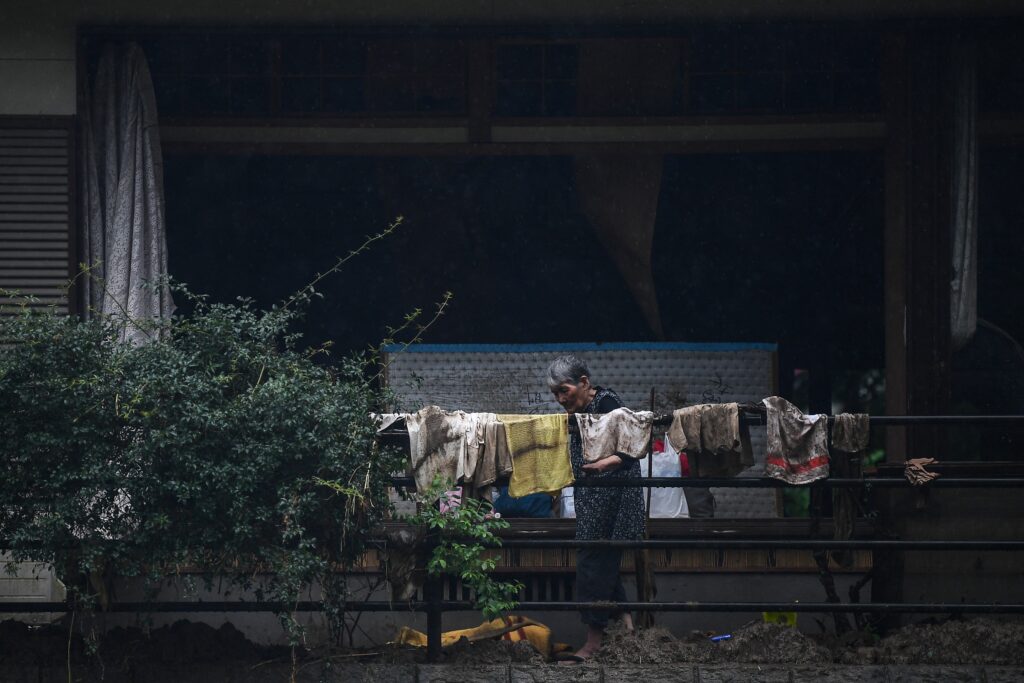
- ARAB NEWS
- 01 Aug 2025

TOKYO: Single-member households of people aged 65 or over will account for over 20 percent of the total households in 32 of Japan’s 47 prefectures in 2050, a welfare ministry institute said Tuesday.
The National Institute of Population and Social Security Research attributed this to a high percentage of baby boomers’ unmarried children born in the early 1970s and a decrease in elderly people living with children and grandchildren due to lifestyle changes.
“The number of people with difficulties making decisions due to dementia and other diseases will increase,” an institute official said. “It’ll be important to create a support system based on the premise that many people have no families.”
The institute make estimates on the numbers of households by type and prefecture every five years. This time, the institute looked into the 30 years until 2050 based on the 2020 census results.
According to the latest estimates, the number of single-person elderly households will reach 10.84 million in 2050, up nearly 50 percent from 2020. The share of such households will rise to 20.6 percent from 13.2 percent.
In Kochi Prefecture, the proportion is projected to reach 20.1 percent in 2025. The number of prefectures exceeding 20 percent will rise to 32 in 2050.
In 2050, Kochi is forecast to be the prefecture with the highest share at 27.0 percent, followed by Tokushima at 25.3 percent and Ehime at 24.9 percent.
Single-member households of people aged 75 or older will number 7.04 million in 2050, up 1.7-fold from 2020.
The share of such households will exceed 10 percent in all prefectures, with Kochi atop the list at 17.9 percent, followed by Wakayama at 17.1 percent and Nara and Tokushima, both at 17.0 percent .
The average number of household members topped two in 46 prefectures, or all except Tokyo, in 2020, but it is expected to fall below two in 34 prefectures in 2050. The average will be lowest in Tokyo and Hokkaido at 1.78, followed by 1.82 in Kochi and 1.84 in Ehime.
JIJI Press